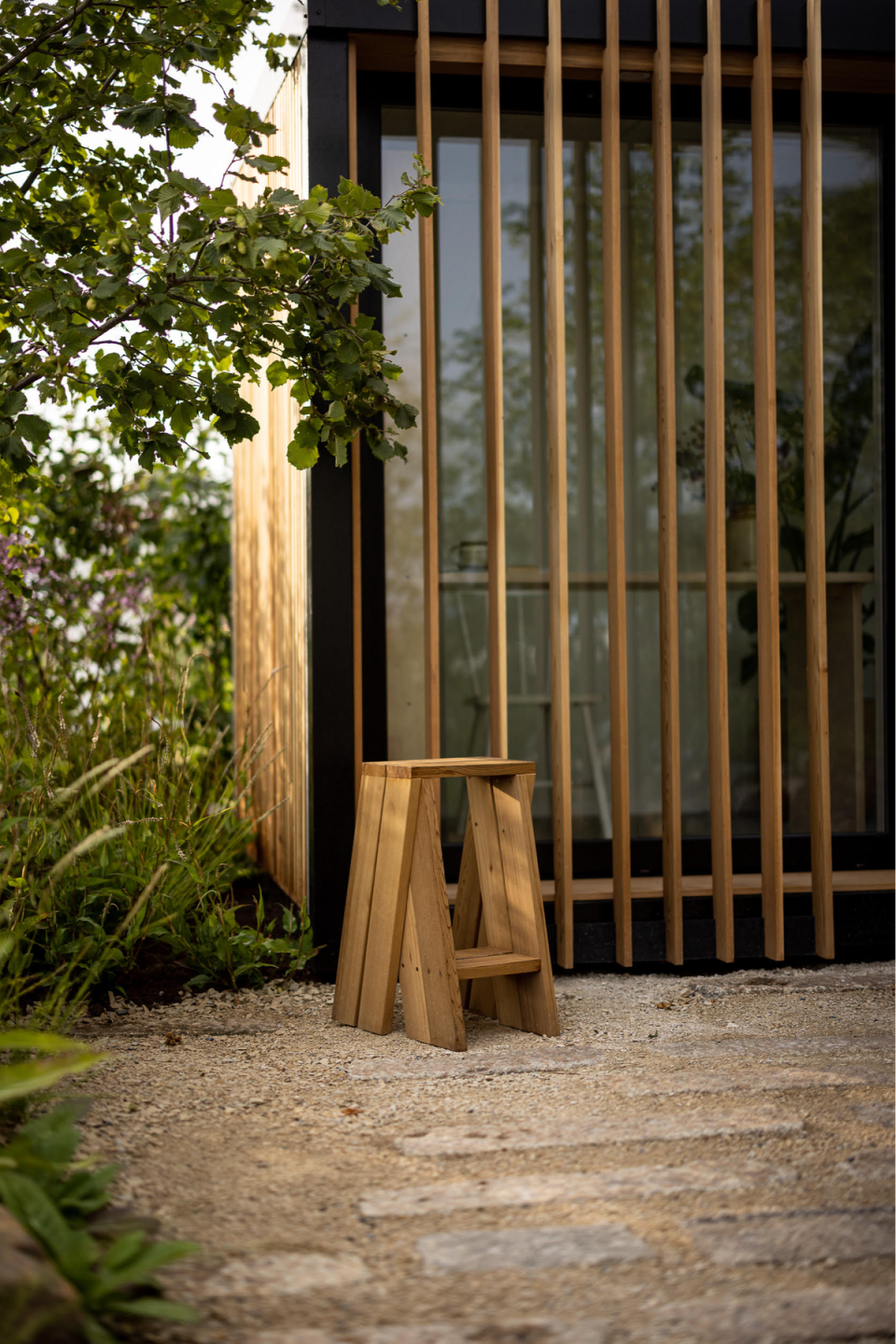Award-winning garden designer William Scholey on how to make a tiny garden with reclaimed materials

London-based horticulturalist William Scholey knows how to make the most of what you have when it comes to gardens.
He managed to transform an 8 x 11-metre garden in a restful outdoor living space.
The garden, titled Work From Home, saw him crowned RHS’s Young Garden Designer of the Year at RHS Tatton Park Flower Show in 2022.
Scholey’s winning garden was designed to be achievable, using natural and reclaimed materials.

“I wanted to create something that was realistic and could be achieved by anyone, not just a porcelain show,” Scholey explained.
Scholey used old granite kerb stones from the streets of London for the landscaping, tied in with a buff-coloured, self-binding gravel.
“It’s really all about the plants, and about anticipation,” he said.
“I could have filled the garden with flowers, but a lot of the plants in the garden were later flowering, giving a sense of something to come”.

A studio at the end of the space by Wohobo, an off-the-shelf garden studio company, creates a work space surrounded by greenery to commute to down a gravel path.
The winning garden has been relocated to Northamptonshire.
Here are Scholey’s tips for designing your own tiny garden:
Be brave with borders
Avoid the washing machine effect that comes from having tiny borders around the edge of the garden with a lawn in the middle. Instead, be brave enough to make your borders wider and let them cut into the space so you don’t reveal the whole garden in one go.
Lose the lawn
Gardens feel better with plants in them and lawns are hard to tend, especially in London. Gravel is a great alternative — it’s low-cost and looks good all year. You can plant in it and, with a hardcore base, you can avoid using plastic membrane.
Pick a theme
It doesn’t really matter what theme you go for, but stick with it. It could be naturalistic, it could be Mediterranean. Focus
on the bigger palette rather than picking up individual plants from the garden centre.
Use what you have
If you find yourself with excess soil or stone in your garden, try to make use of it instead of removing it.
Build mounds, walls and paths. Limit your materials to one or two; it might just be stone and wood.
Call in the pros
If you are really stuck, consider talking to a professional garden designer.
Many offer a range of services depending on your needs and budget.

 Yahoo Sport
Yahoo Sport 





































